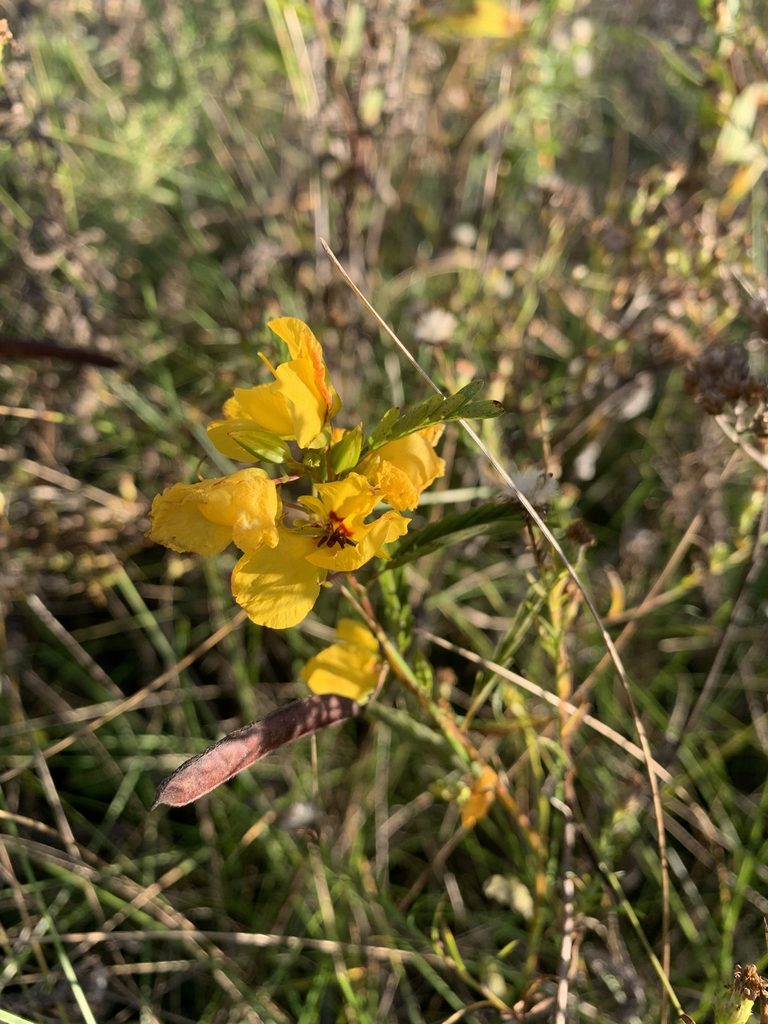Have you noticed that the vibrant colors of the summer Arb prairies have died down? As the goldenrods shrivel up, the grasslands in the Arb are turning brown. But if you wander into the tall grasses, you will find some late bloomers that are taking over the stage.
Various species of asters are the most common in the fall prairie. Asters are composites– meaning that each of their flowers is made up of many tiny floral units and they are usually white or purple. If you see hundreds of small white flowers on one plant that favor weedy spots, they are most likely hairy white oldfield asters (Symphyotrichum pilosum). And the bigger flowers that are sometimes purple and sometimes pink that concentrate on the top of the plant are probably New England asters (Symphyotrichum novae-angliae).
Plain gentian (Gentiana alba) is another late bloomer found in the Arb. These plants are usually nestled in the ground. The flowers, clasped by yellow-green leaves, are tube shaped and have five petals with small erect tips. They are usually creamy white.
Another interesting late bloomer is the Partridge Pea (Chamaecrista fasciculata). They have bright yellow flowers with one petal that’s always larger than the rest, and attractive maroon seed pods attached to its slender stem. These plants have compound leaves that bear many small leaflets. According to Minnesota Wildflowers, under certain conditions, the leaflets can fold up after you touch them!
But why would these plants choose to flower this late despite higher risk of adverse weather? One hypothesis is that blooming later in the season allows these plants to get more attention from pollinators as flowers of most other plants are gone. It also could be that the later in the season, the less damage the seed predators (for example beetle larvae) could manage to do to the flowers – and later the seeds.
–Wanying Na ‘24, for the Cole Student Naturalists

Add a comment